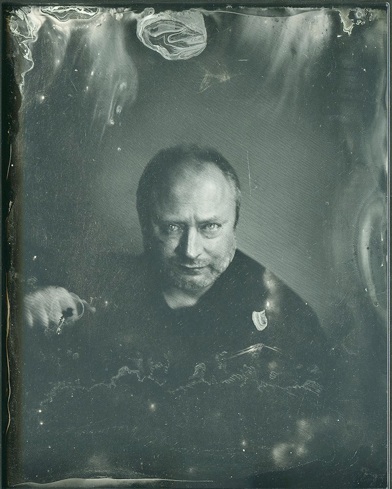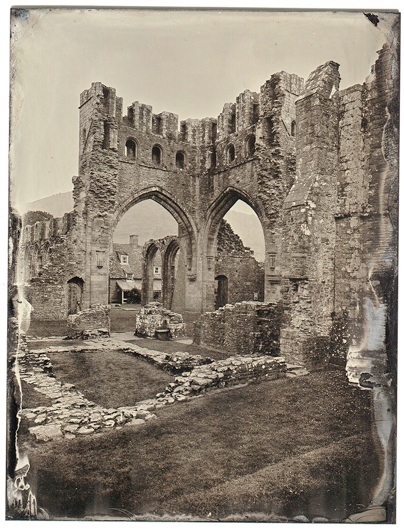Bromley House /


tintype, Llanthony Priory, August 2015, © andy lock 2015
During 2016 Andy Lock will be undertaking a residency at the Bromley House library, in Nottingham. The library, a private lending library and the site for one of the earliest photographic studios in Britain, outside of London, is about to celebrate its bi-centenary.
Andy will be using the Victorian wet collodion photographic process to create images in response to the library, its history and its collection. Work from the residency will be exhibited at the library in September / October 2016.
*
The wet collodion process, dating back to 1853, allows for the production of photographic images on glass or ‘tin’ plates. The results are very detailed and very distinctive. What also sets the process apart from many other subsequent photographic processes is the need to expose and process the photographic plate shortly after it has been sensitised and while it is still wet (hence the name). This means that much of the process has to happen on location and involves erecting a darkroom wherever the image is ‘taken’.
The wet collodion process is also sensitive to a different range of light as compared to contemporary chemical photographic processes and responds to the colours we perceive with our eyes, in very singular ways. The examples here show the sort of results you might expect to see from the process.
tintype, Ferdinando Santagata 2014, © andy lock 2014